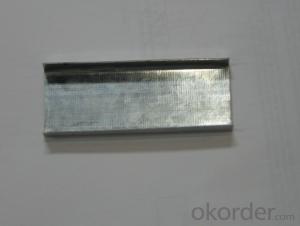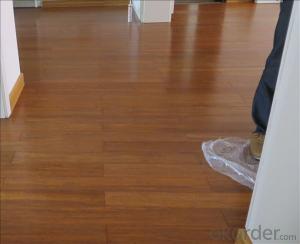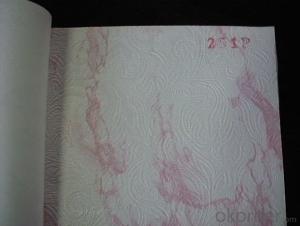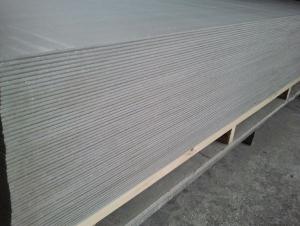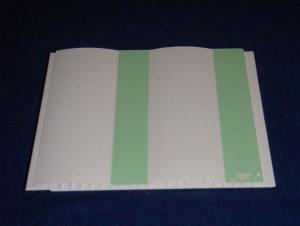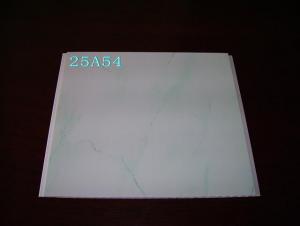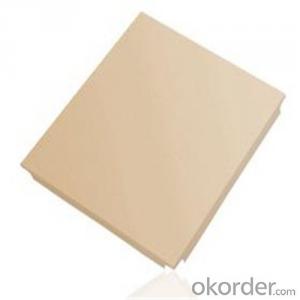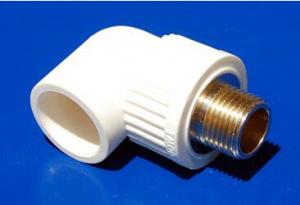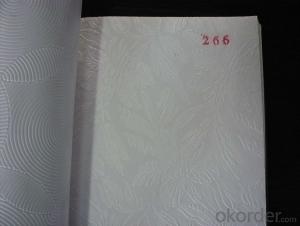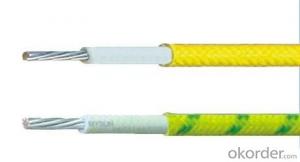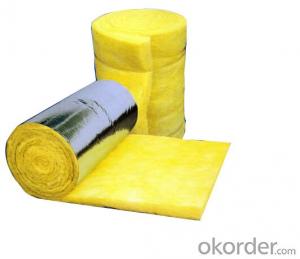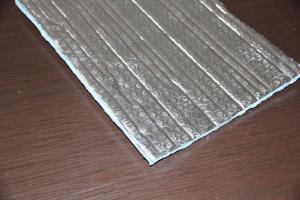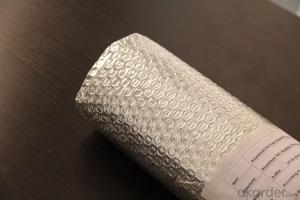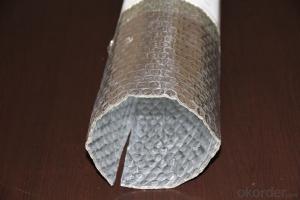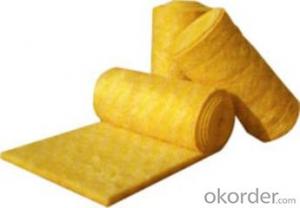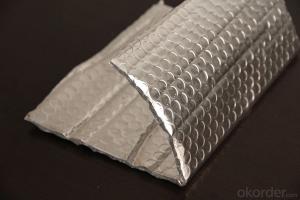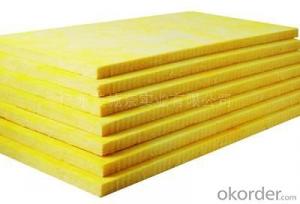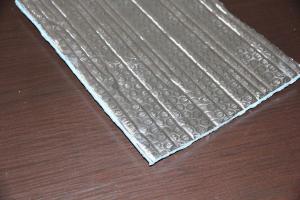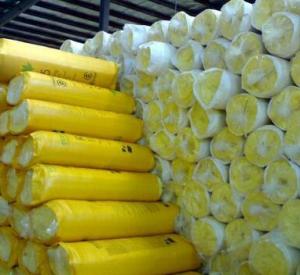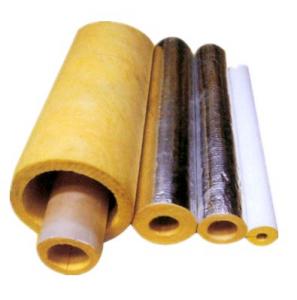Insulation Materials For Lunch Bags
Insulation Materials For Lunch Bags Related Searches
Best Paint For Stainless Steel Paint For Galvanized Steel Steel Frames For Furniture Self Tapping Screws For Steel Wd 40 For Stainless Steel Spray Paint For Stainless Steel Glue For Stainless Steel Drill Bits For Stainless Steel Spray For Stainless Steel Welder For Stainless SteelHot Searches
Steel Mesh Panels For Sale Price For Stainless Steel Scrap Scrap Price For Stainless Steel Price For Stainless Steel Stainless Steel Plate For Sale Stainless Steel Tank For Sale Stainless Steel Sheets For Sale Cheap High Tea Sets For Sale Stainless Steel Tanks For Sale Stainless Steel For Sale High Density Fiberboard For Sale Solar Hot Water Collectors For Sale Scaffolding For Sale In Uae Scaffolding For Sale In Ireland Scaffolding For Sale In Houston Type Of Inverter For Solar Price Of Shipping Containers For Sale Types Of Inverter For Solar Stock Price For Aluminum Used Foam Board Insulation For SaleInsulation Materials For Lunch Bags Supplier & Manufacturer from China
Okorder.com is a professional Insulation Materials For Lunch Bags supplier & manufacturer, offers integrated one-stop services including real-time quoting and online cargo tracking. We are funded by CNBM Group, a Fortune 500 enterprise and the largest Insulation Materials For Lunch Bags firm in China.Hot Products
FAQ
- nan
- Ultra-fine glass wool is made from silicon powder through pressing and vacuumizing. So there is a big risk. Once the vacuum leak, powder in the package will fall, causing the package swell. The swell will cause a series of problems in the external walls. STP board with ultra-fine glass wool as core material have the above problems and air leakage risk. But it has little effect on project quality. We have compared these two materials. The product packaging is the same and the main difference is the inner core. Product with ultra-fine glass wool as core material has low heat conductivity coefficient, good thermal insulation effect, while product with silicon powder as core material is not as good as the former and cheaper.
- nan
- Centrifugal glass wool is a kind of filiform material made by fibrillating and spraying thermosetting resin on the glass in melten state via centrifugal blowing process, which is then conducted thermosetting deep processing to make series products of a variety of uses. The fiber inside centrifugal glass wool is fluffy and staggered, with a lot of tiny pores, which is typical porous sound-absorbing material and has good sound absorption properties. Centrifugal glass wool can be made into wallboard, ceiling, space absorber, etc., which can absorb a lot of sound energy within the room, reducing the reverberation time and indoor noise. Glass wool carpets and sound-absorbing cotton blankets are an ideal kind of sound-absorbing and thermal insulation material, which are widely used in house walls, ship engine room insulation; the computer room, the refrigerated storage constant temperature; noise reduction of various generator rooms and pump rooms; adjustment of stereo cabinet and audio.
- Is the microporous aluminum silicate coated with aluminum wool?
- Aluminum foil with pure embossed aluminum foil and aluminum foil
- What kind of glass wool products
- Divided by overlay (1) no overcoat products (2) an overcoat product having a reflective surface (3) an overcoat product having a non-reflective surface
- nan
- I do not know the specification of it.
- nan
- The fireproof?performance of these two all reaches A degree. Water absorption rate and heat conductivity coefficient of these two are basically the same. However, glass wool is cleaner than rock wool and rock wool is cheaper than glass wool.
- nan
- It depends on what density you need. The formula is length * width * thickness * unit weight = the weight of the glass wool. For example, if it is 20 meters long, 1.2 meters wide, 50 mm thick, and the unit weight is 20kg / cubic, that is to say, 20 * 1.2 * 0.05 * 20=24kg. 48kg / m? means that the weight of one cubic meter is 48kg, you can imagine that with a piece of 50 square millimeter, how many of them can make a piece of cubic meter? You can get the answer by dividing 48, namely 48÷(1÷0.05)=48X0.05=2.4kg
- nan
- Asbestos is the general term of natural fibrous silicious minerals, which is a silicate mineral fiber fireproof?panels of construction materials. It is the only natural mineral?fiber with good tensile strength, thermal insulation and corrosion resistance performance, thus it has a wide application. There are many kinds of asbestos, the three most common ones are chrysotile asbestos(white asbestos), amosite asbestos(brown asbestos) and crocidolite asbestos (blue asbestos), and the chrysotile asbestos is the most abundant, and commonly-used one. Glass fiber is an excellent inorganic nonmetallic material. The original name in English: glass fiber. Glass balls or discarded glass are raw materials of it. And it is rocessed by techniques of high temperature melting, wire drawing, winding, and weaving. Finally, it becomes various products. The diameter of glass fiber's monofilament is from a few microns to twenty microns which equals to the 1 / 20 to 1 / 5 of human hair. Each bundle of fiber precursors is composed of hundreds of or even thousands of monofilaments. Usually, it is used as reinforced materials,electric insulation materials, thermal insulations and circuit boards in complex materials, and is widely used in various fields of national economy. Glass fibers are twistless roving and textile gauze with different specifications and uses which are twisted. There are two kinds, namely alkali-free (R2O<0.8%, Code E) and alkali (R2O12.0±0.47%, Code C). They are mainly used as reinforcing materials for hand lay-up, lamination, winding and spraying formation of glass?reinforced?plastics, as well as are contributors to the production of electronic insulation, composite, and fireproofing glass?fiber products.
















